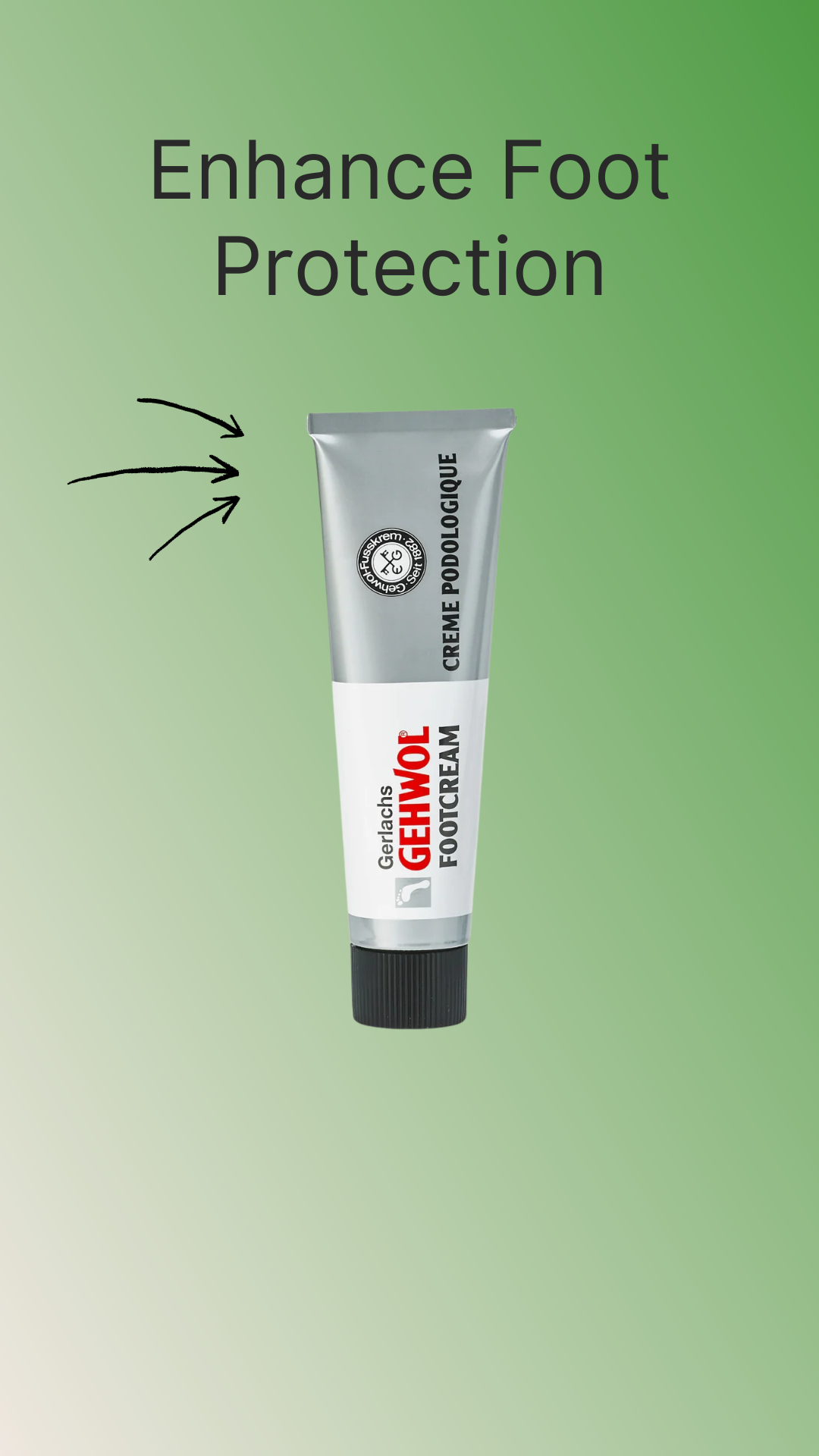Introduction
Gout is a type of inflammatory arthritis caused by a build-up of uric acid crystals in the joints. It most commonly affects the big toe joint, but it can also strike ankles, knees, and other areas of the foot. Gout attacks are known for causing sudden, severe pain, swelling, redness, and tenderness—making even the lightest touch unbearable.
In the UK, gout affects an estimated 1 in 40 adults, and the numbers are rising due to lifestyle and health factors. For those living with gout, footwear becomes a major concern. Ordinary shoes often feel too tight, apply pressure to inflamed joints, and make walking extremely uncomfortable.
The right orthopedic shoes, however, can provide relief. With extra depth, wide fits, cushioned support, and adjustable fastenings, shoes designed for swollen or painful feet can make everyday movement more manageable. This blog explores the best shoes for gout in the UK, the features that make them effective, and how they can help people stay mobile during and between flare-ups.
Why Shoes Matter for Gout
Pressure Relief for Swollen Joints
During a gout flare, swelling in the big toe joint can make most shoes unbearable. Shoes with wide toe boxes and cushioned insoles reduce pressure and friction, helping to protect the inflamed area.
Adjustable Fit for Fluctuating Swelling
Gout symptoms can vary from day to day. Shoes with Velcro straps or adjustable closures allow wearers to loosen or tighten their footwear easily, adapting to swelling without discomfort.
Rocker Sole Support
Walking with gout can be difficult because the big toe joint is often stiff and painful. Rocker soles reduce the need for toe flexion by helping the foot roll forward more smoothly, easing strain on the forefoot.
All-Day Comfort
Gout sufferers often experience fatigue when walking. Lightweight orthopedic shoes with cushioned midsoles reduce impact and make movement less tiring.
Prevention of Further Damage
By distributing pressure evenly across the foot and reducing joint strain, orthopedic shoes help prevent worsening pain and secondary issues such as bunions or calluses.

Key Features of the Best Shoes for Gout in the UK
Extra Wide & Deep Fit
Accommodates swelling and prevents compression around the toes and joints.
Cushioned, Removable Insoles
Softens impact and reduces stress on painful areas. Removable insoles also allow for orthotics if prescribed.
Rocker Bottom Soles
Help reduce forefoot pressure and make walking smoother, even during flare-ups.
Seamless Interiors
Protect sensitive, inflamed joints from rubbing and irritation.
Lightweight Construction
Prevents fatigue and makes everyday movement easier.
Easy Closures
Velcro fastenings allow quick adjustment and reduce the need to bend or strain.
Everyday Benefits of Orthopedic Shoes for Gout
-
Less pain: Wide, cushioned shoes reduce pressure on swollen joints.
-
Improved mobility: Rocker soles make walking possible even during mild flare-ups.
-
Adaptable fit: Shoes adjust to swelling as it changes throughout the day.
-
Better posture: Proper support prevents limping that can strain hips and knees.
-
Confidence indoors and outdoors: Supportive shoes allow wearers to stay active without fear of pain.
Lifestyle Scenarios
-
At home: Orthopedic house shoes provide comfort and protection, preventing pressure from cold or hard floors.
-
During work: Lightweight, cushioned shoes reduce pain for professionals who must remain mobile.
-
Travel: Wide-fit orthopedic shoes provide comfort for long days of walking or commuting.
-
Social events: Modern orthopedic shoes combine medical function with stylish designs, helping people feel confident in public.
FAQ – Shoes for Gout
Q: Can shoes prevent gout attacks?
A: No, shoes cannot prevent gout itself, but they can reduce pain and swelling during flare-ups by relieving pressure on the joints.
Q: Are rocker soles good for gout?
A: Yes, rocker soles reduce strain on the big toe joint by promoting smoother heel-to-toe movement.
Q: Should gout sufferers wear sandals?
A: Open-toe sandals can help during flare-ups when swelling is severe, but they must still provide cushioning and support.
Q: Are diabetic shoes suitable for gout?
A: Yes, diabetic-friendly shoes with wide fits, seamless linings, and cushioned insoles are excellent choices for gout sufferers.
Q: How often should I replace my shoes if I have gout?
A: Every 12–18 months, or sooner if cushioning wears down. Worn shoes won’t provide enough protection for painful joints.
Q: Can I wear orthotics with gout shoes?
A: Yes, removable insoles allow for custom orthotics or metatarsal pads to further relieve pressure.
Final Thoughts
Gout is one of the most painful forms of arthritis, but supportive footwear can make it easier to manage daily life. The best shoes for gout in the UK combine extra-wide fits, cushioned insoles, rocker soles, and seamless protection to reduce pressure on swollen joints and ease discomfort.
For anyone experiencing frequent flare-ups, investing in orthopedic shoes is not just about comfort—it’s about preserving mobility, independence, and quality of life. With the right shoes, gout sufferers can continue to move, work, and enjoy social activities with greater confidence.



